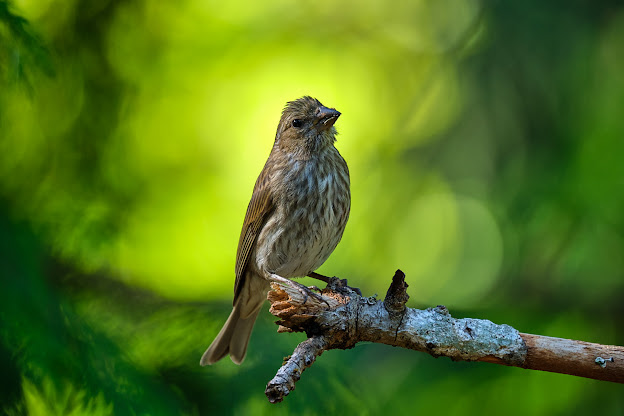Gabriola Island saw its first snowfall of the year on Monday, which just happened to also be the first day of winter. Our resident Anna's Hummingbirds weren't too happy, and stayed close to their feeders, which did allow for some great opportunities to photograph them without disturbing them.
The hardy little. Anna's Hummingbird (Calypte anna) is a year-round resident in the coastal regions of southwest British Columbia, and in 2017 it was voted as the official bird of the city of Vancouver.
This little hummingbird was once found only in southern California and the Baja Peninsula. But ornithologists have documented the expansion of its range since the 1930s. Today, you’ll find it in locales as far north as British Columbia and as far east as Texas. Anna’s Hummingbirds have been found to colonize new locations, even cold ones, based on the availability of flowery landscaping and nectar feeders.
Anna’s can cope with our cold winter weather by entering a state of torpor. A hummingbird in torpor can drop its body temperature from about 40°C to about 9°C and reduce its respiration rate from 245 breaths per minute to 6. It can even suspend its breathing for up to five minutes. The metabolic rate of an Anna’s during torpor can be 300 times lower than when in flight. The savings are significant; they can help a hummingbird sleep through a severe weather period.
All images were captured using an Olympus OM-D E-M1X camera with the M.Zuiko Digital 40-150mm f2.8 and 300mm f4 IS Pro lenses.
 |
| Female Anna's Hummingbird (Calypte anna) in Snow |
 |
| Female Anna's Hummingbird (Calypte anna) |
 |
| Female Anna's Hummingbird (Calypte anna) in Snow |
 |
| Female Anna's Hummingbird (Calypte anna) in Snow |
 |
| Female Anna's Hummingbird (Calypte anna) in Snow |
 |
| Female Anna's Hummingbird (Calypte anna) in Snow |
 |
| Female Anna's Hummingbird (Calypte anna) in Snow |
 |
| Male Anna's Hummingbird (Calypte anna) |
 |
| Male Anna's Hummingbird (Calypte anna) |
 |
| Male Anna's Hummingbird (Calypte anna) |
 |
| Male Anna's Hummingbird (Calypte anna) |




























.jpg)